It’s Sunday. This is the last day of Eid al Adha, the festival of sacrifice, a four-day holiday which honors Abraham’s submission to God in willingness to sacrifice his son. If you know the Biblical story, God ends up staying Abraham’s hand and provides a ram to be sacrificed instead. Anyway, the holiday itself is a time when there are tons of sheep (and other larger animals) that are slaughtered and feasted upon. We saw many fine animals in the backs of trucks, destined, most likely, to end up on the dinner table. Besides the large meal with their families, Muslims will share a large portion of the meat with the needy, too, making the festival about providing for others.
As I said, it’s a four-day holiday, Jenia and I have just returned from a mini-vacation. For our break, we packed our camera and backpack into the newly purchased Kia and headed east. East, across the border to the Sultanate of Oman, into territory which Jenia has visited ever so briefly (making one of the famous Al Ain ADEC teacher spouse’s “border runs”), and which I had hitherto gazed upon through the razor-wire topped fences which insulate the UAE from it’s friendly neighbor.
The Oman experience was a lovely one, by and large. It busted up some of our preconceptions into tiny little pieces, and we enjoyed seeing a new part of the world.
First, let’s talk about the new part of the world and getting there: our destination was Muscat, some 4 1/2 hours away on the coast. Our route there took us across the Mezyad border crossing. We hit the border around 11:30, parked, went inside, paid 50 AED each for visas (just stamps in the passport), and purchased automobile insurance coverage good for Oman (which was only 80 AED for a week, the briefest amount of time they’d sell to us). After spending a solid hour in there, we finally got out and headed on our way. There was a lesson in this: on Eid, travel early to avoid crowds.
The scenery was nothing like we’d expected: instead of dunes and wide-open spaces, we paralleled a mountain range most of the way. There were a few stretches where there were dunes, but there were plenty where the desert was barren, rocky, and flat, with little trees which bring pictures of the African bush to mind.
The road signs leave a little to be desired, as do Google maps. Fortunately, we only made a couple easily corrected mistakes along the way. Nonetheless, by the time we arrived in Muscat, the sun was nearly set and it was impossible to see very much of the ruggedly beautiful landscape.
We grabbed a bite to eat at a local joint with outdoor seating where an Indian waiter beckoned, “Come, everyone happy! Table right here,” and soon friends of ours from Al Ain who were also vacationing in Muscat joined us. We all went to the Mutrah Souk, a traditional style Arabian market, which was a bustling mixture of sights, sounds, and scents. The air was heavily perfumed by strong, oily fragrances, incense (frankincense, in particular), and other things, sometimes less savory.
On to preconceptions. Here’s how at least one of those got smashed. A beautiful abaya and shayla-clad Omani woman started talking to us at one point. Her brother was inside the same stall that our friends Frank and Melissa were shopping at. “I could get that [same item that your friends are looking at] for 1.5 [instead of 2],” she said, “Because I am Omani.” She offered advice on which pieces matched best, and she watched Melissa bargaining with great interest. The vendor wanted 5 riyals. “He’ll do it for 4,” she told me quietly, as Melissa low-balled away. “4 is a good price.” Sure enough, after a moment or two, Melissa struck a deal at 4.
Now, this was interesting because in Al Ain, Emirati women are friendly enough to Jenia, but they hardly speak to males, whereas this lady didn’t mind speaking to me at all–there seemed to not be the barrier between men and women that there often is erected here in the Emirates.
I asked the woman about her henna, which ornamented her fine hands in brown floral patterns. “Is it for Eid?” She smiled and told me, “Yes, for Eid.” She told me where the girls could get it done, and told me that there are two kinds of henna. “There’s black henna and red. This is red,” she said, indicating hers. “But we don’t do the black anymore, because it is bad for sensitive skin,” she said. “Better the red.” I think if we’d hung around, she would have happily talked to us about anything and everything for as long as she was able.
So, there went one preconception: that Arab culture is more or less the same in the Gulf states. Evidently not. Jenia’s going to be writing about another encounter we had that further altered our vantage points on people here, in a very good way. But I’ll let her do that, and not get into it just yet.

The daylight revealed the rugged, rocky landscape that Muscat is built upon. This shot is in the Mutrah area. You’ll notice the fortress tower atop one rocky peak.
This post features the word authenticity. Here’s why. The city of Muscat manages to feel more genuine than Abu Dhabi or Dubai. You must understand this might sound a little contradictory at first, because most of the people who were working in the stalls in the souk or at the restaurants were, just like in the UAE, from another country (usually India). But I say it felt more authentic because Oman’s development feels less forced and artificial. Muscat doesn’t feature a ton of high-rises, and it doesn’t have the world’s tallest this or the world’s biggest that. It doesn’t appear to be in a contest to prove itself. It feels content to be itself, and that self is more relaxed and less hectic than the UAE tends to be.
It’s hard to explain the final reason that I call our trip a journey into authenticity, but I’m trying: the people themselves seem warmer and more at ease with being themselves in public. Or maybe it would be better to say they seem less guarded, more open. Whatever the case, they seem a bit more natural to me.
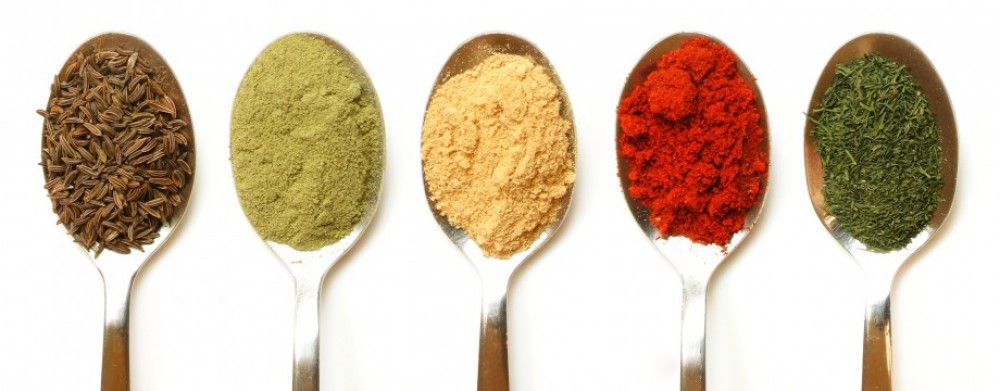
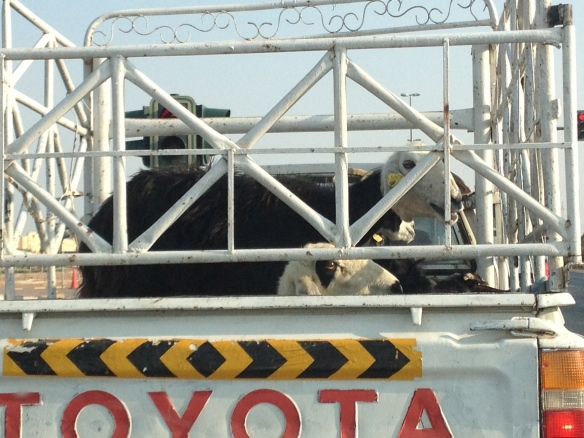
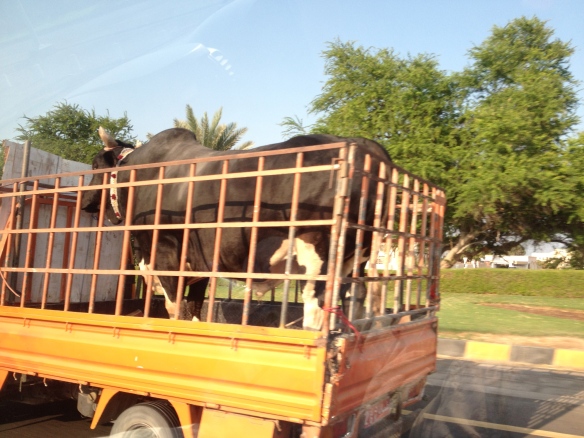



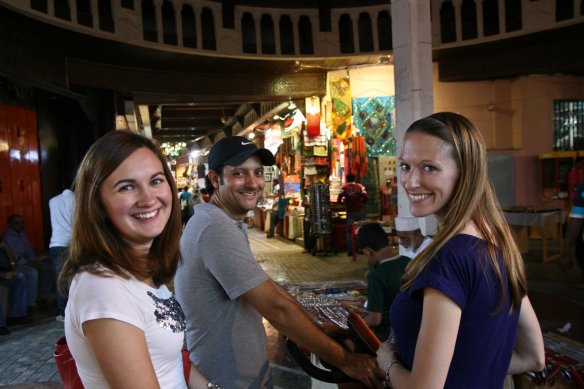
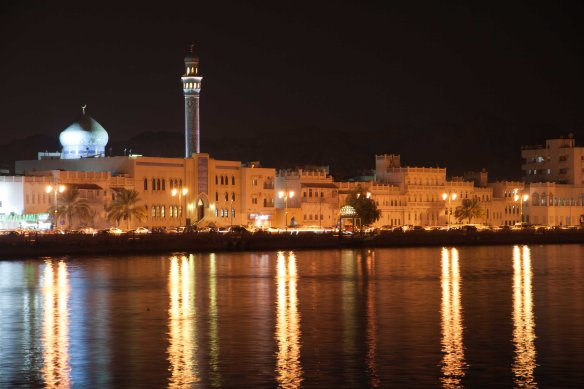
I felt home-sick just reading this post… I remember going there as a kid… You must try their dessert… Muscat Halwa.. (I am not very sure if that is what they call it)… It is a sort of a sweet jelly-cake.. Also try visiting Salalah… It is a wonderful place.
Every year during summer vacations we along with more family friends and neighbours visit Dibba in UAE. We camp in the mountains for a day and head to the coast by evening. Do check the place out, It is a comparatively short drive to escape the city life. (Very important tip: Always have a spare wheel in the trunk and watch out for angry camels.)
LikeLike
I’m glad it brought good memories to mind:) We will definitely have to look up Dibba. It sounds neat. You’re not the first person to recommend Salalah. I hear that city is much more like certain parts of Africa than the Middle East. Would you agree?
LikeLike
Salalah memories have pretty much faded away by now.. But Dibba trip is something we did annually for about 10 years… Finding a cave (well sort of) in the mountains.. setting up all camping stuff… cooking lunch on fire from branches and twigs… then drowning ourselves in the beach. Dibba.. I definitely recommend…
LikeLike
We’re thinking about heading to Dibba on National Day.
LikeLike
Pingback: Stereotypes: Broken. | Vantage Points